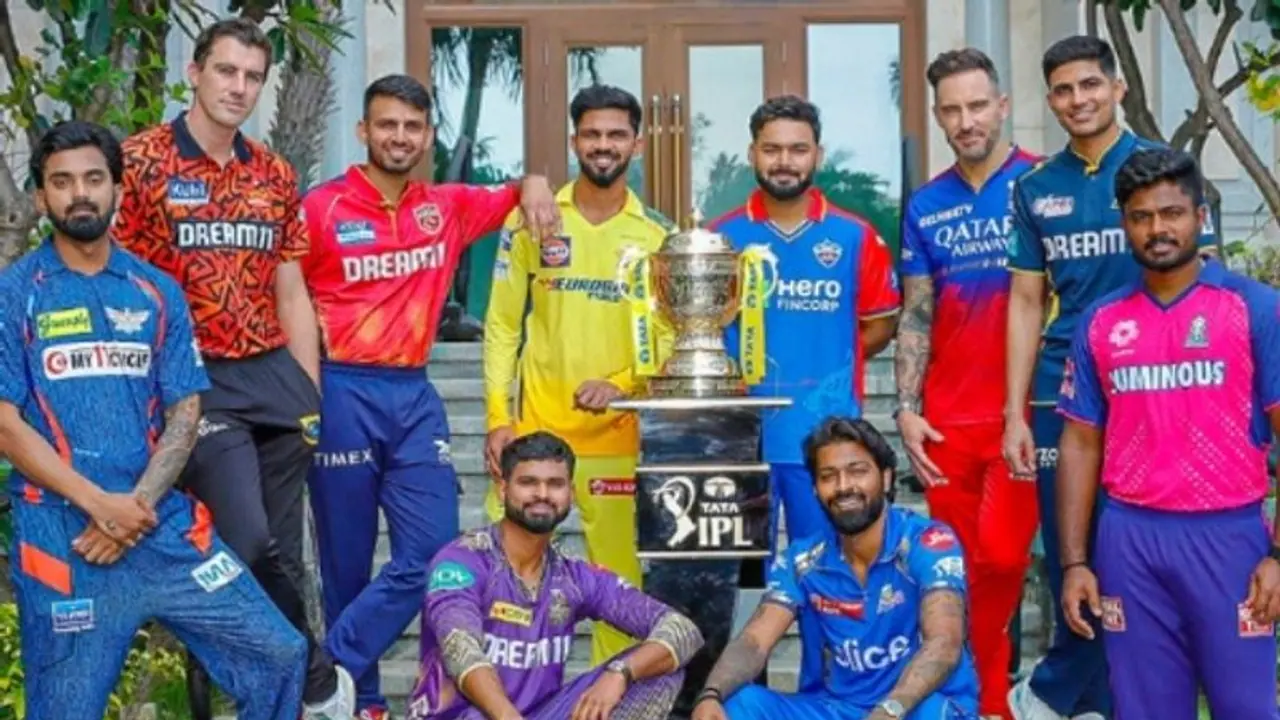In an effort to maximize decision-making accuracy in IPL 2024, the BCCI has reportedly introduced a novel approach to assess waist-high full tosses, a frequent source of debate in cricket matches.
In the ever-evolving landscape of cricket, precision in decision-making has become paramount, especially in the fast-paced and high-stakes environment of tournaments like the Indian Premier League (IPL). In a bid to ensure accuracy reaches unprecedented levels, the Board of Control for Cricket in India (BCCI) has reportedly introduced a groundbreaking method to adjudicate waist-high full tosses, often contentious moments in the game.

According to a Time of India report, the BCCI has deployed a team to measure the height of all players participating in the IPL up to their waist using traditional measuring tape. This data is then integrated into the sophisticated system used by Hawk-Eye operators, who now collaborate directly with the third umpire, a new addition to this season's setup.
The initiative aims to provide the officials with precise information regarding the stature of each player, facilitating more accurate judgments on waist-high full tosses. These deliveries, known for their potential danger and impact on the game, have historically posed challenges for umpires in determining their legality swiftly and accurately.
"There are people in the BCCI's team who are measuring the height of all the players in the IPL till their waist, with a measuring tape. This data will then be fed into the system used by the hawk-eye operators, who sit with the third umpire (from this season) to judge reviews of waist-high full tosses. This data will help in judging the waist-high full toss to a particular batsman better," the TOI report said quoting a source.
In addition to this innovative approach, IPL 2024 witnesses the implementation of the Smart Replay System, a technological marvel designed to enhance decision-making efficiency and streamline the review process. Under this system, two Hawk-Eye operators are stationed alongside the TV umpire, equipped with eight high-speed cameras positioned strategically around the ground.
What sets this season apart is the elimination of the TV broadcast director from the decision-making loop. Previously acting as an intermediary between the Hawk-Eye operators and the third umpire, their removal ensures a more direct and instantaneous exchange of information, expediting the review process and minimizing the margin for error.
